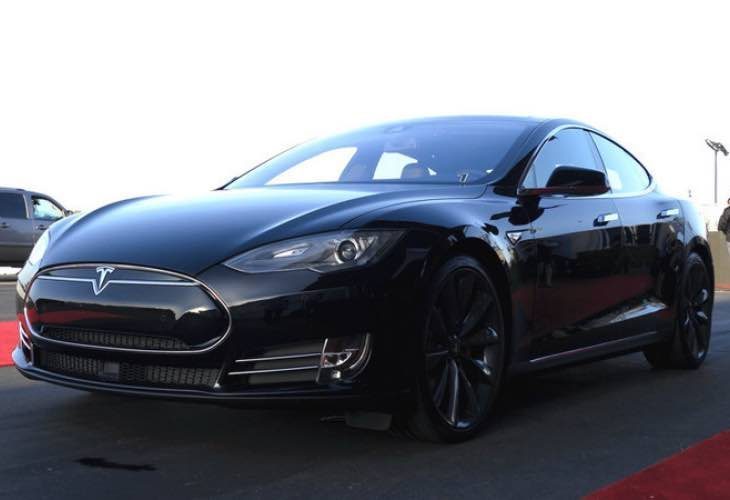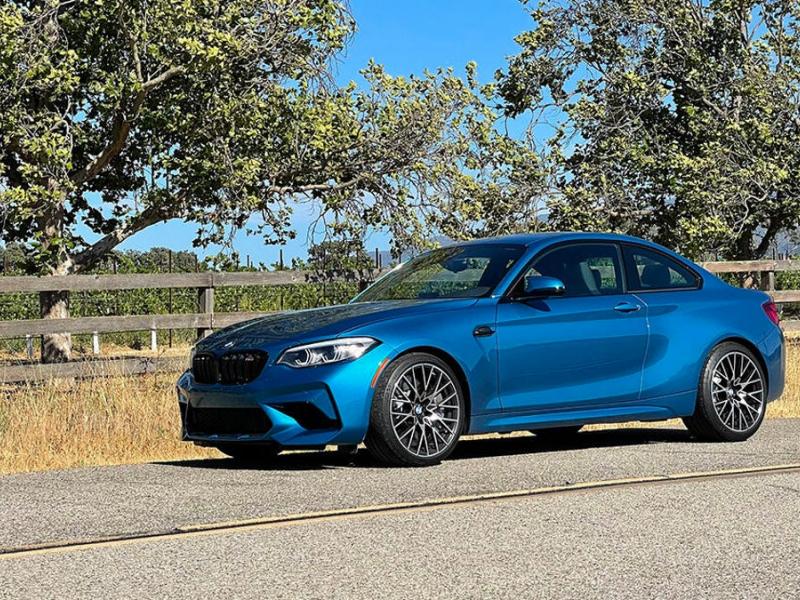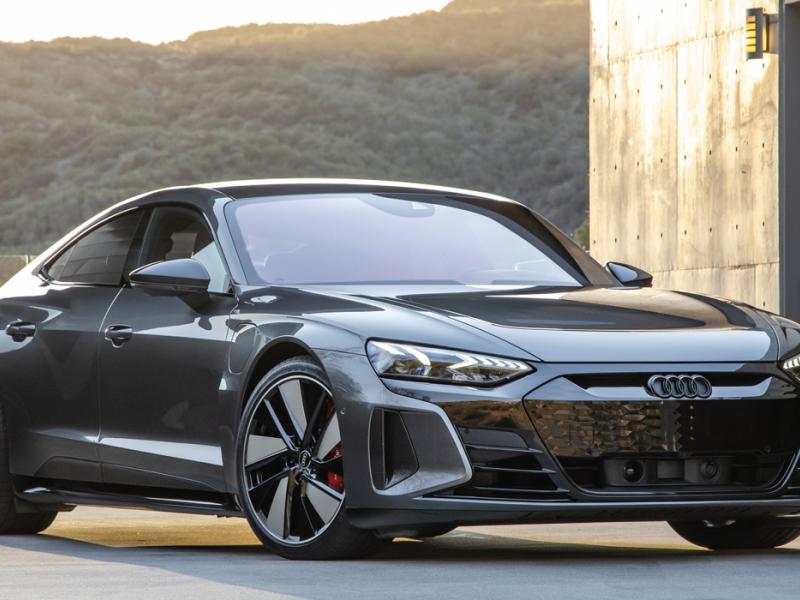Driverless Cars Could Cover ¼ of Miles Driven in 2030
Thu, 08/10/2017 - 15:41
In the distant future, we’ll all be shuttled about by self-driving electric cars that communicate wirelessly using innovative network technologies that make them resistant to threats and less likely to commit accidents. That’s all well and good, but what about in the near future?
The dream of autonomous cars is here, and it makes sense to be curious about what a tomorrow with them looks like. A tomorrow that’s tangible — 2030, perhaps? That’s exactly what a recent study by Boston Consulting Group (BCG) seeks to tell us. So, what did they find out?
 Not only is there a believable path to this reality, but the system lends itself particularly well to urban areas. Services like pooled ridesharing, when combined with the new revenue streams that emerge in the SAEV-driven economy, make the system quite sustainable in cities where millions travel to and from work every day. That is how we can say that ¼ of the miles covered by cars in 2030 could be by SAEVs.
Not only is there a believable path to this reality, but the system lends itself particularly well to urban areas. Services like pooled ridesharing, when combined with the new revenue streams that emerge in the SAEV-driven economy, make the system quite sustainable in cities where millions travel to and from work every day. That is how we can say that ¼ of the miles covered by cars in 2030 could be by SAEVs.
The Three Pillars of SAEVing
The forces that will fuel the future of automotive transportation are largely in place already. According to BCG, there are three — self-driving cars, ride sharing and vehicle electrification. Borrowing the best elements of each, you presumably have shared autonomous electric vehicles, or SAEVs, as the study refers to them. We’ll let you decide whether the pun is intentional, but SAEVs stand to help us do just that — save. According to BCG, these cars could cut travel costs by 60%, replace nearly 5 million cars and trucks on the road today and drastically reduce our emissions. But we have to want to make a change.Thinking Differently
BCG’s projections are based on an integrated model, which is an approach few other institutions have taken in their analyses of modern transport. Rather than looking at how individual technologies are advancing, BCG’s report takes into account the cumulative effect that is made possible from maximizing these technologies in unison. According to the study, the savings for a blue-collar Chicagoan who drives 10,000 miles in a year could be in the vicinity of $7000. That seems like a huge amount of money saved, but the reduction in load on systems like insurance, energy production and city government is what makes these wins believable. Not only is there a believable path to this reality, but the system lends itself particularly well to urban areas. Services like pooled ridesharing, when combined with the new revenue streams that emerge in the SAEV-driven economy, make the system quite sustainable in cities where millions travel to and from work every day. That is how we can say that ¼ of the miles covered by cars in 2030 could be by SAEVs.
Not only is there a believable path to this reality, but the system lends itself particularly well to urban areas. Services like pooled ridesharing, when combined with the new revenue streams that emerge in the SAEV-driven economy, make the system quite sustainable in cities where millions travel to and from work every day. That is how we can say that ¼ of the miles covered by cars in 2030 could be by SAEVs.
Rage Against the Machine
What stands in the way of this sustainable, efficient new horizon? The automotive and fuel industries for one, neither of which want to see conventional cars go away. With any help from their friends in Congress, the top brass of this nation’s automakers and oil providers will drag this transition out even longer than the thirteen years predicted.Subscribe to Best Cars Guide For More Car News!
If you enjoy keeping a clean car, learning about the latest automotive technology, or just like to know about the latest car news, then consider subscribing to my blog to never miss out on a new post![{"target_id":"255897","alt":null,"title":null,"width":"730","height":"500","url":"\/sites\/default\/files\/articles-images\/93\/Detroit-Electric-SP-01-vs.-Tesla-Model-S-P85D-performance-9923100-2987578-1030477.jpg"}]




